

Attract chaffinch, great tit, blue tit, robin, greenfinch, goldfinch, wren, spotted woodpecker, wood nuthatch, siskin, jay, blackcap, swallow and many other birds to the garden.
Read also:
Indirect witnesses of any pollution contaminating the area, all garden birds help our ecosystems reach an equilibrium. They control insect populations and spread seeds and berries far and wide. Some species are sedentary, and others migrate far away in winter or summer.
These little flutterers are a blessing for your garden: flashes of color, beautiful music, and a mood-lifting back and forth ballet that’s always entertaining.
Here is how to make them feel welcome in your garden, and make sure they’re well cared for so they can continue regenerating nature.
Some birds feed and nest high up in trees, whereas others forage for food on the ground and a simple, low shrub might be enough for them to start a family. To answer the needs of the many, the key here is diversify.
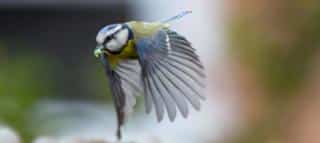 Your garden should include several stages of vegetation, each of which can offer shelter, nesting spots, and food for birds. Trees of different heights, hedges, berry shrubs, fruit trees and colorful flowers make for a great neighborhood!
Your garden should include several stages of vegetation, each of which can offer shelter, nesting spots, and food for birds. Trees of different heights, hedges, berry shrubs, fruit trees and colorful flowers make for a great neighborhood!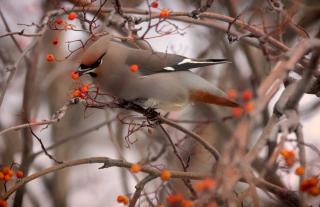 Pyracantha (red berries for birds, nectar for insects).
Pyracantha (red berries for birds, nectar for insects).Bird sing all day long, but early morning is when they give it their best. In the cool morning air, other animals are silent and birdsongs travel great distances.
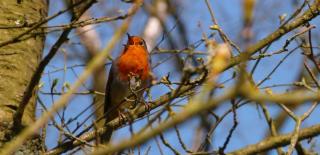 Only male birds sing (except for a few species). Singing shows how strong he feels, and that he’s ready to defend his territory.
Only male birds sing (except for a few species). Singing shows how strong he feels, and that he’s ready to defend his territory.To compensate the lack of food in Winter and in certain urban areas, you can consider trying to feed the birds, it isn’t very difficult.
However, note that once you’ve started feeding them, you’ll have to move the feeder around. This forces birds to keep foraging.
Set up bird feeders in which you can offer the following types of seeds:
Only give them balls of fatty foods during winter (recipe at the end of this article).
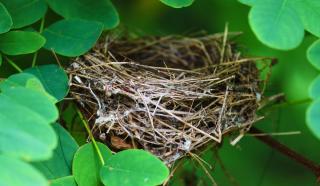 Remember to display shallow trays for them do drink, avoid dehydration, and to swim in! Clean them regularly to avoid bacterial build-up.
Remember to display shallow trays for them do drink, avoid dehydration, and to swim in! Clean them regularly to avoid bacterial build-up.All these “bird facilities” must be set up high up off the ground to protect the birds from predators (cats, dogs…). It’ll take time for a tenant to move in. Indeed, birds are cautious and spend a long time observing the area. They only slowly acknowledge changes to its environment.
If you sit back and take the time to observe them, you’ll quickly be able to identify them. Birds are somewhat gregarious, meaning they like each other’s company. They usually cohabit peacefully.
Bird feed ball for birds:
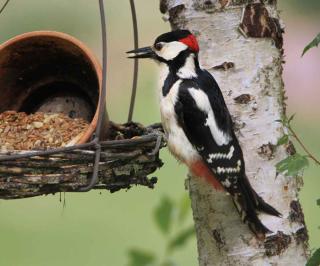 Slowly melt margarine in a double-boiler.
Slowly melt margarine in a double-boiler.Success guaranteed!
A word of wisdom – “A single bird in cage and Liberty starts mourning.”
– Jacques Prévert